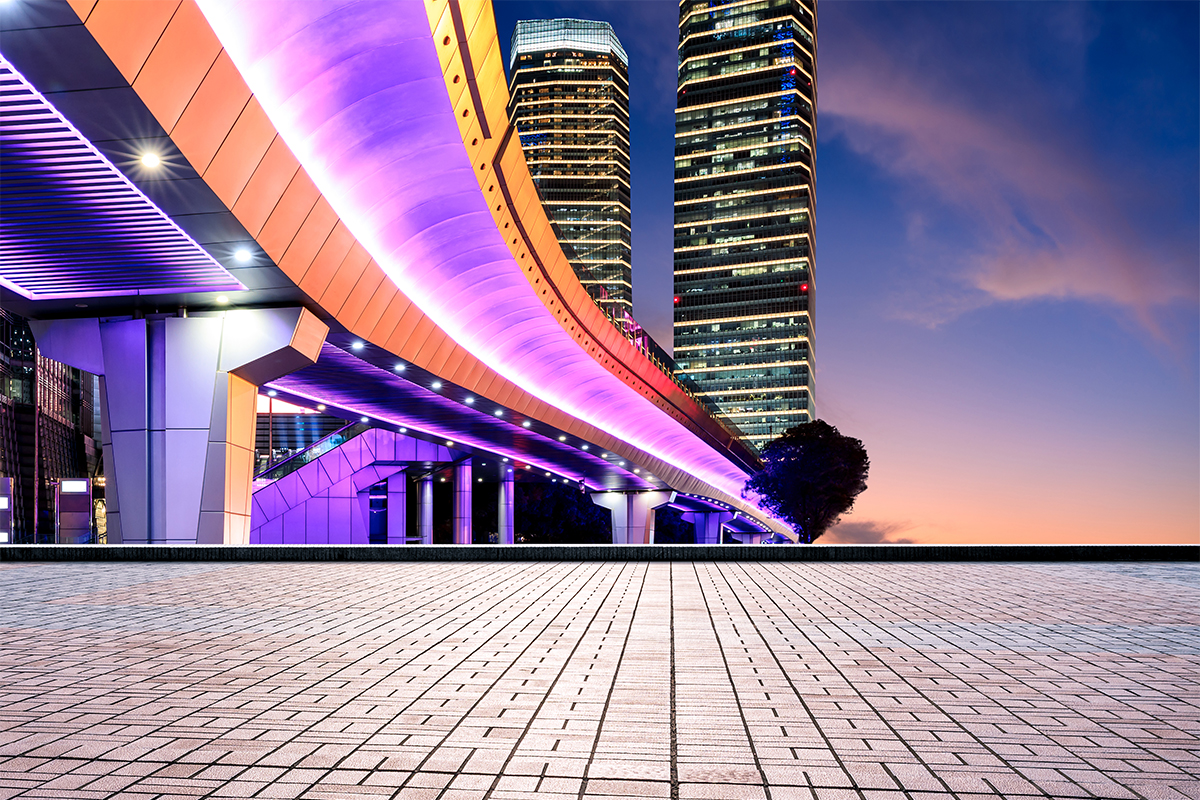Table of Contents Hide

Unleash outdoor brilliance
Outdoor LED strip lights are versatile and weather-resistant lighting solutions engineered to endure the challenges of the outdoors. The design and construction of outdoor LED strip lights incorporate features that make them suitable for exposure to the elements, including rain, UV radiation, and temperature fluctuations. Their combination of flexibility, durability, and energy efficiency makes them a popular choice for enhancing the visual appeal of outdoor spaces, architectural features, landscapes, and signage. Rain or shine, these strips are built to excel in all-weather conditions.Weatherproof design
Outdoor LED strips feature a robust weatherproof design, ensuring reliable performance in various weather conditions. They are engineered to withstand exposure to various weather conditions, including rain, humidity, temperature fluctuations. Corrosion-resistant materials are used in the construction of outdoor LED strips to protect against the corrosive effects of moisture and environmental factors, especially in coastal or high-humidity areas. These strips are designed to operate in a range of temperatures commonly encountered outdoors. This ensures that the strips can function reliably in both hot and cold weather conditions.UV resistance
Ultraviolet (UV) resistance is crucial for outdoor LED strips that will be exposed to sunlight. Over time, exposure to UV radiation can cause materials to break down and deteriorate. Incorporating UV-resistant materials, outdoor LED strips are engineered to withstand prolonged exposure to sunlight without experiencing color degradation or structural damage. UV resistance contributes to consistent and reliable performance of outdoor LED strip lights. UV radiation can cause color fading in non-UV-resistant materials, leading to a shift in the appearance of the light. UV-resistant LED strips retain their color integrity and maintain their color stability over time.Waterproof construction
Outdoor LED strips typically have a sealed construction which prevents water, dust, and debris from entering the LED strip. A waterproof coating or encapsulation around the LED circuit board acts as a barrier, preventing water from reaching the internal electronics and ensuring the longevity of the strip. Critical joints and connections in outdoor LED strips may be double-sealed to provide an extra layer of protection. Weatherproof connectors create secure, watertight connections between strips and power sources, ensuring that water cannot enter the electrical contacts. The ends of waterproof LED strips are typically sealed with tight-fitting end caps. These caps are designed to prevent water from entering the strip at its vulnerable ends and connectors.IP rating
The Ingress Protection (IP) rating indicates the level of protection against solids and liquids. Outdoor LED strip lights commonly have IP ratings such as IP65, IP66, IP67, and IP68. IP65 LED strips are suitable for outdoor use where they might be exposed to rain or water jets. The dust-tight feature ensures no ingress of dust, and the protection against water jets makes them resilient against weather conditions. IP66-rated LED strips offer a higher level of water resistance compared to IP65. They are suitable for environments where the LED strips may be exposed to more powerful water jets, such as heavy rain or cleaning processes. IP67 LED strips provide protection against temporary immersion in water. They are suitable for applications where the LED strips might be in contact with water or submerged briefly, such as in outdoor landscaping or decorative lighting. IP68-rated LED strips offer the highest level of liquid protection. They are suitable for applications where the LED strips need to be fully submerged for an extended period, such as underwater lighting in pools, fountains, or other aquatic environments.Waterproof encapsulation
The high IP rating is achieved through protective encapsulation of the LED strip. Common encapsulation materials include silicone, polyurethane (PU), or polyvinyl chloride (PVC), or a specialized waterproof resin. Silicone offers good UV resistance, making it suitable for outdoor applications. The encapsulation material can be applied as a coating, molding, or extrusion, depending on the specific design.Coating is a process involving applying a liquid encapsulation material directly to the surface of the LED strip using methods such as spraying, brushing, or dipping. Multiple layers may be applied for increased protection.
Dipping is a process involving immersed or dipped the LED strip into a liquid encapsulation material, ensuring complete coverage. The excess material is usually allowed to drain off.
Pouring is a process involving pouring the encapsulation material over the LED strip which is typically placed in a mold to contain the material during the pouring process.
Extrusion provides a continuous, sealed covering by passing the LED strp through an extrusion machine that coats it with a continuous layer of the encapsulation material. This method is often used for long runs of waterproof LED strips. It offers excellent protection against environmental elements.
Injection molding is a process involving injecting the encapsulation material into a mold containing the LED strip. It is often used in the manufacturing of robust and fully encapsulated waterproof LED strips. This method is commonly used for mass production and allows for precise control over the encapsulation process.
















































